You can't treat thoracic mobility like hip, or shoulder or ankle mobility. The hip, shoulder and ankle are individual joints. The thoracic spine is major body segment with multiple joints involved, plus the neurologically sensitive diaphragm.
Why is everyone trying to improve their thoracic rotation by forcing their body into a stressful, maximum range?? With the smooth, rhythmical motion of Core-Tex, we employ an "ask don't tell" strategy that produces immediate results.
Watch these Core-Tex progressions to achieve immediate thoracic improvement using an "ask, don't tell" approach.
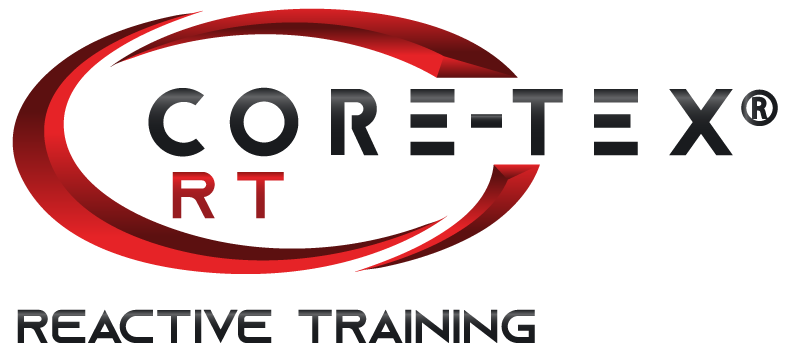
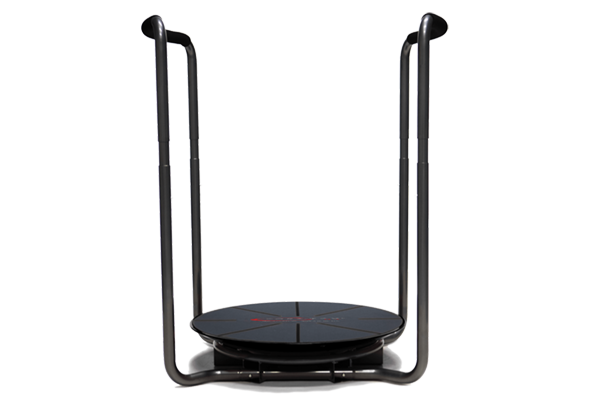
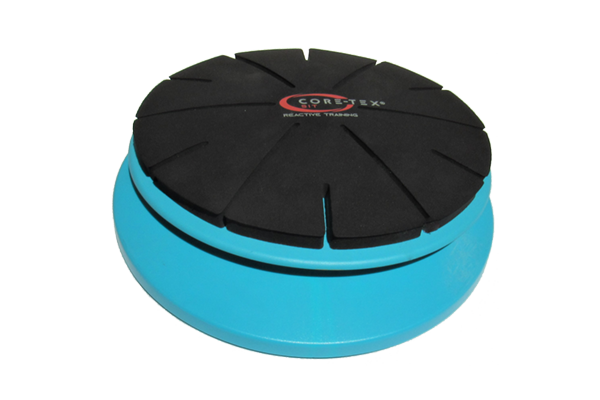
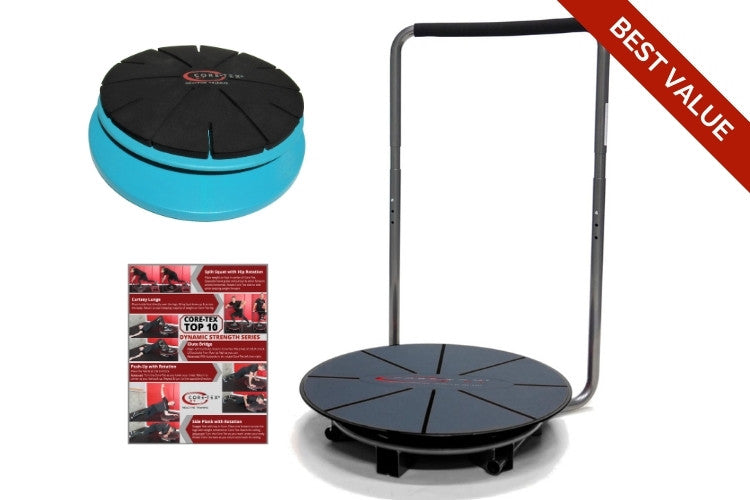

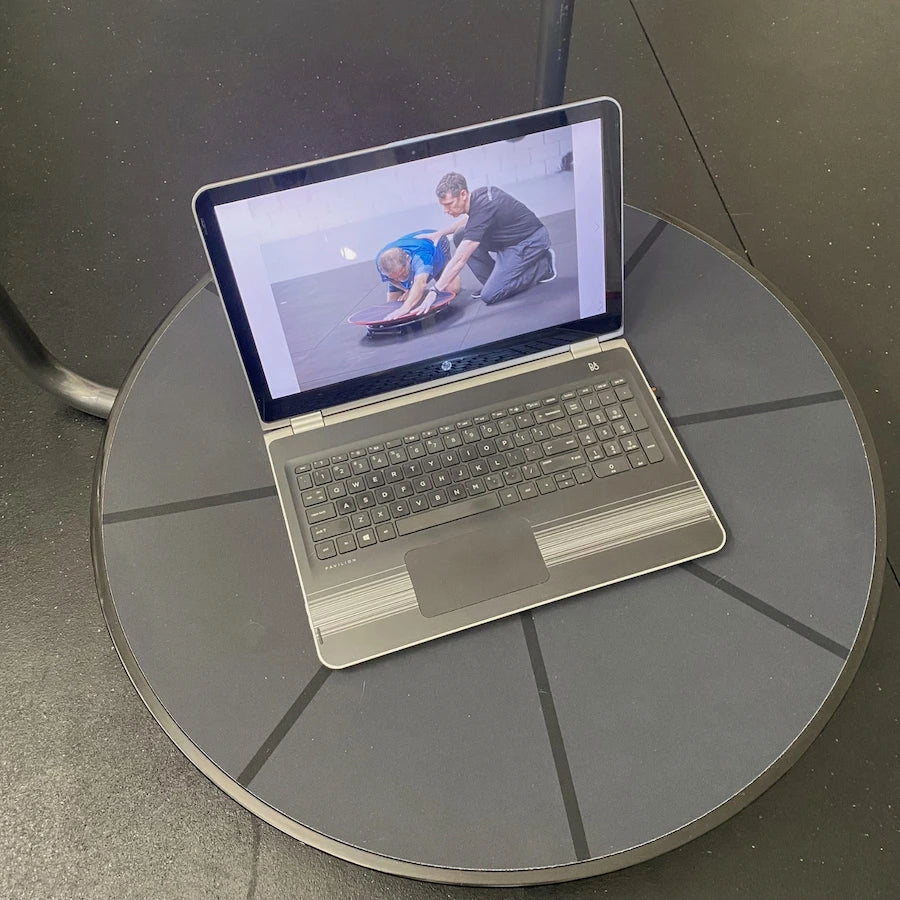
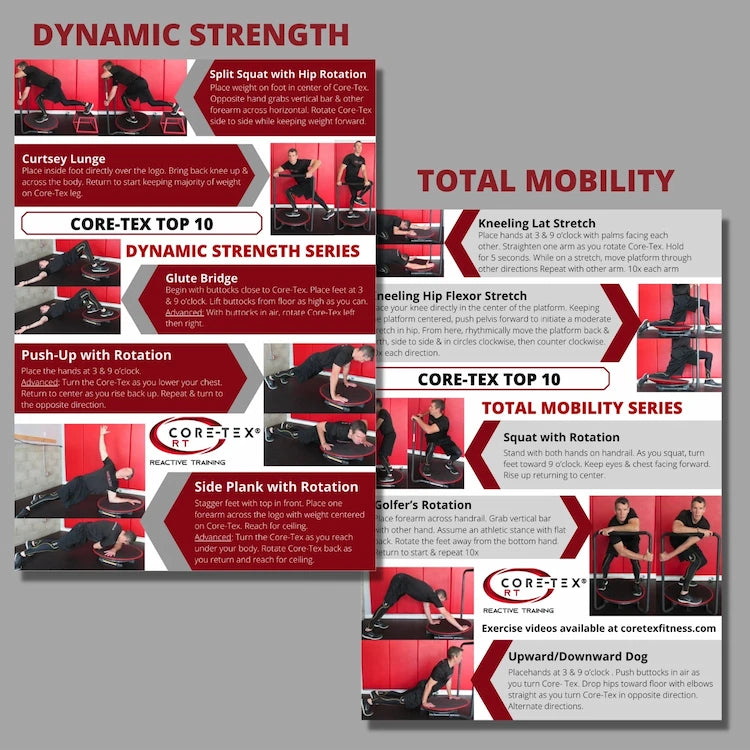
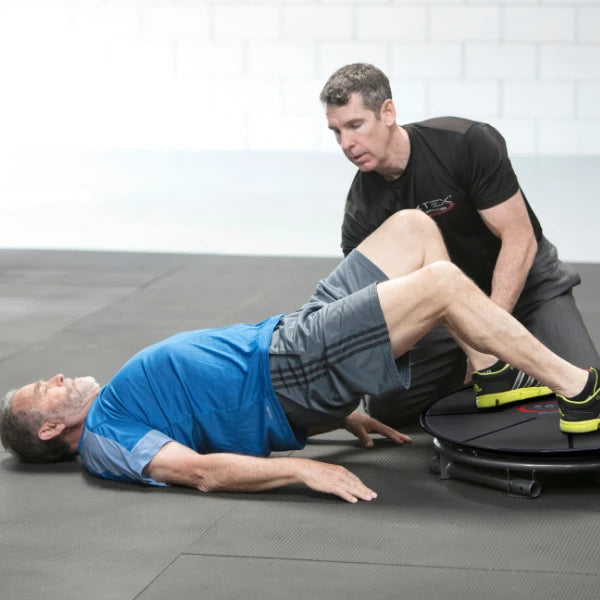
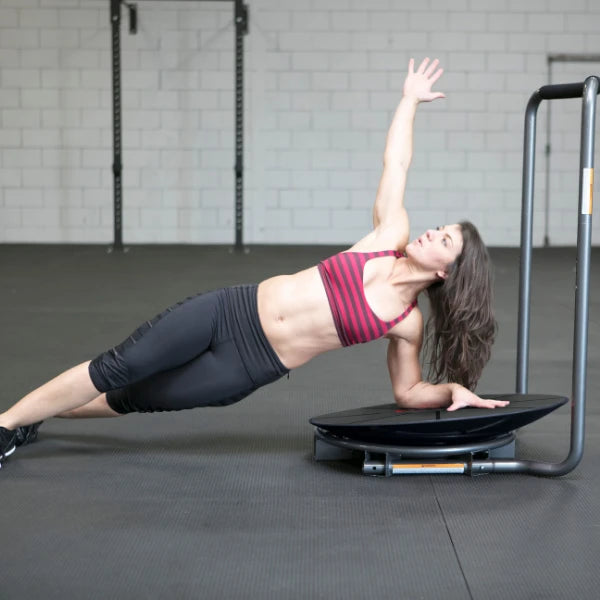
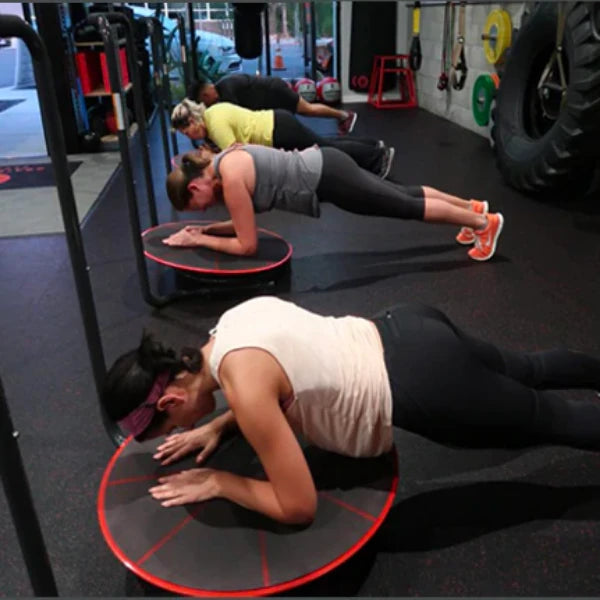
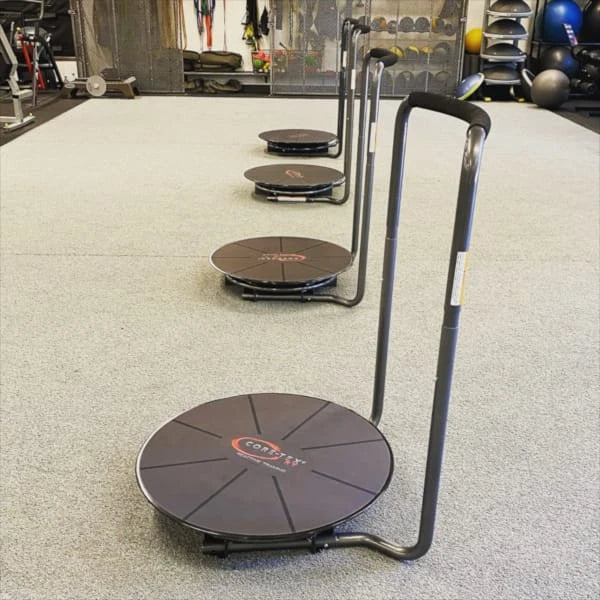
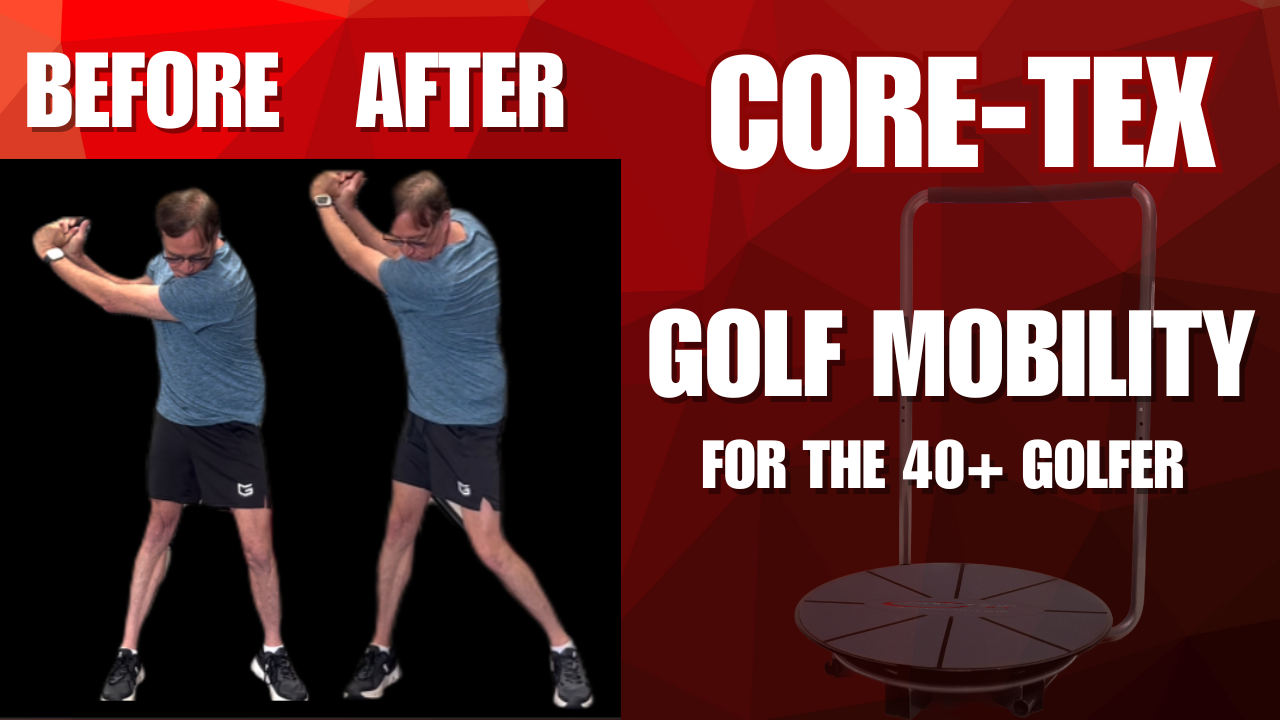
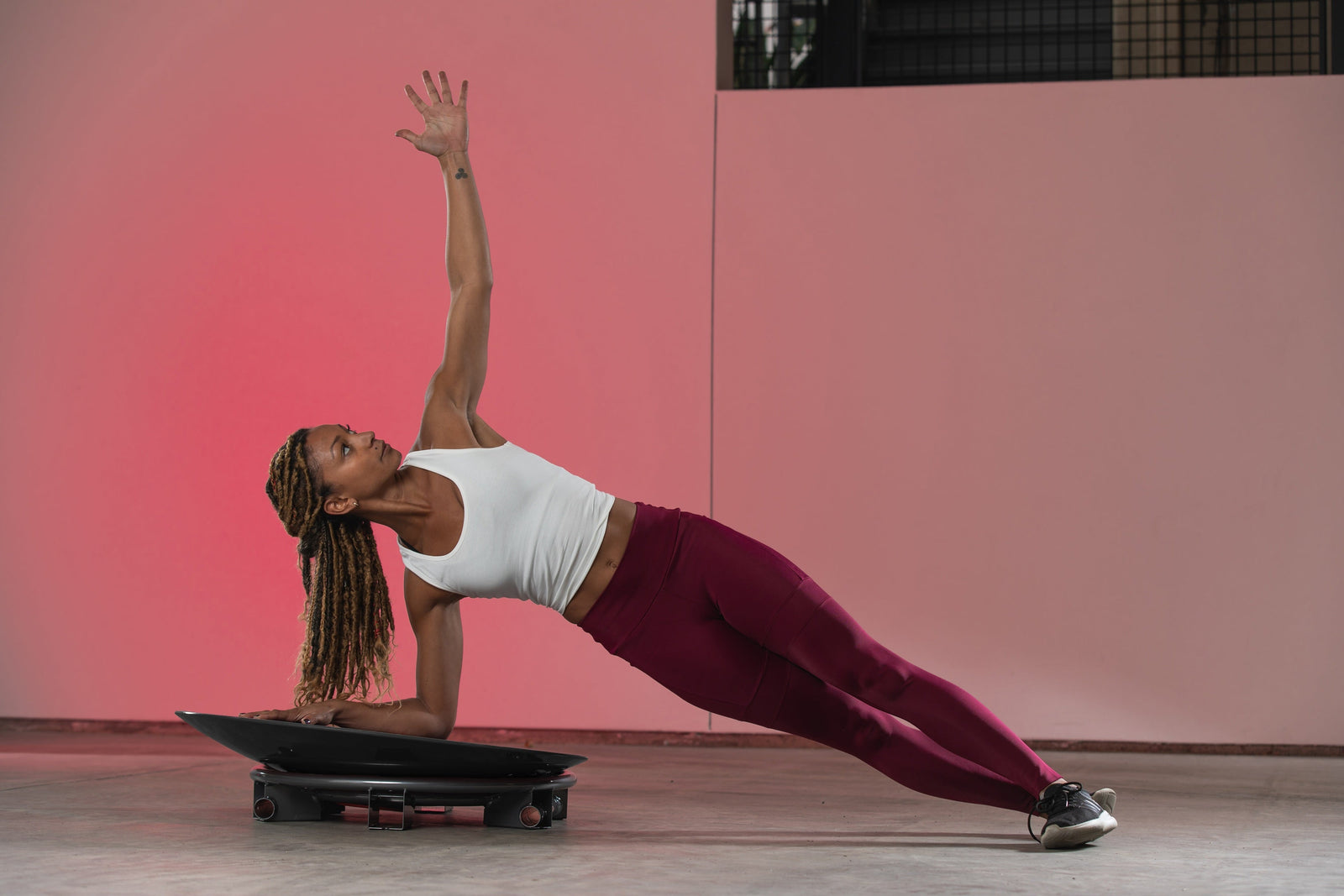

Leave a comment (all fields required)